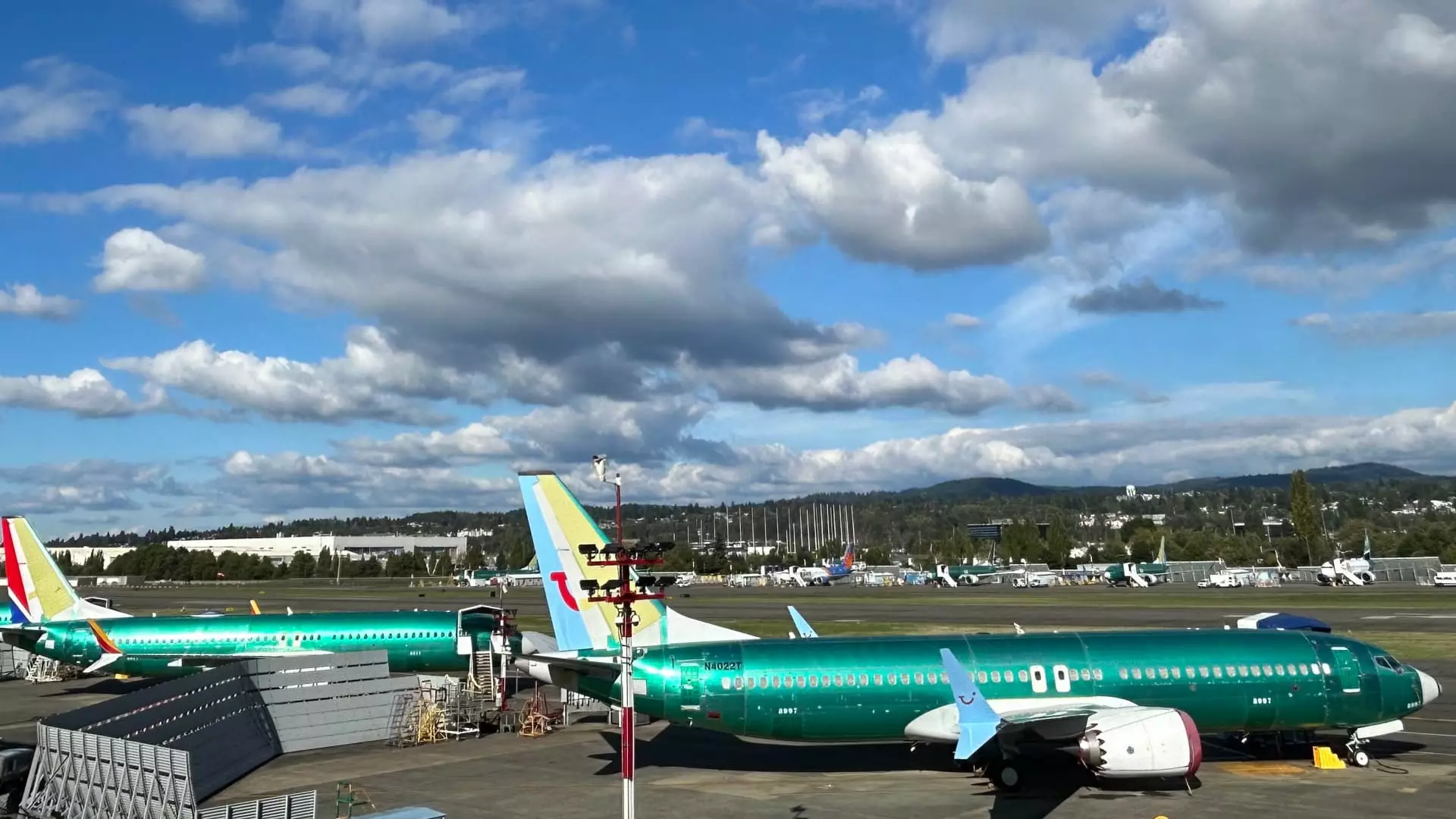In recent times, the anticipation surrounding the new Air Force One planes has escalated to frustration, particularly for President Donald Trump. Originally expected to enhance the administrative and operational capabilities of the presidency, these Boeing 747s have become emblematic of deeper issues within the aerospace manufacturer. As delays accumulate and costs surpass initial forecasts, questions arise about Boeing’s efficiency and reliability—elements critical for any entity tasked with fulfilling government contracts, particularly those tied to national security and the U.S. presidency.
The saga of the new Air Force One jets began with negotiations during Trump’s first term, leading to a staggering $4 billion contract. But as is often the case in large-scale projects involving complex technological requirements, the timeline has slipped significantly. With more than $2 billion in cost overruns already reported, it continues to be a frustrating ordeal for all stakeholders involved. This situation serves not only as a cautionary tale for future government contracts but also highlights the significant risks taken on by both government officials and corporate contractors when large sums of taxpayer money are at stake.
Boeing’s CEO, Kelly Ortberg, recently acknowledged the President’s discontent during a Barclays industrial conference. He confirmed that Elon Musk, the tech visionary behind SpaceX, has stepped in to assist Boeing in overcoming certain technical hurdles. Musk’s involvement underscores an unusual partnership, considering his company’s competitive stance against Boeing in the aerospace sector. Ortberg has painted Musk as a “brilliant guy” capable of identifying and discarding unnecessary technical constraints. This collaboration raises eyebrows, highlighting an unconventional approach to problem-solving within an industry typically characterized by rigid hierarchies and processes.
Onboard one of the current presidential 747s, Trump hinted at alternative options, stating, “We may buy a plane or get a plane, or something.” This commentary reflects a growing impatience with Boeing’s delivery schedule, indicating that the President may be considering a fallback plan to avoid further delays. Such considerations signal a lack of trust in Boeing’s ability to fulfill its contractual obligations and could lead to long-term ramifications for the company’s reputation.
The frustration expressed by Trump is not an isolated incident but rather a microcosm of a much larger issue facing Boeing. Airlines across the globe have experienced significant delays and disruptions in aircraft deliveries since the onset of the post-pandemic travel boom. Complications, such as a severe incident with a door-plug blowout in early 2024, have profoundly impacted the operational capacity and credibility of Boeing.
Despite these setbacks, there have been recent signals of optimism from some airline executives regarding Boeing’s direction under Ortberg’s leadership. Officials from United Airlines and Southwest Airlines have expressed renewed confidence in the reliability of deliveries, indicating that the company might have turned a corner. This duality of frustration and cautious optimism encapsulates the volatile nature of the aerospace industry today.
Boeing’s current leadership appears vehemently focused on resolving existing delays and restoring reliability. Their target to ramp up production of the widely used 737 Max to 38 planes per month indicates a determination to overcome previous setbacks, although questions surrounding the efficacy of supply chains persist. Whether this ambitious production goal can be met remains to be seen, but the pressure from both governmental and non-governmental clients necessitates decisive and effective action.
The ongoing saga of Air Force One’s delayed delivery serves as a reminder of the complexities involved in government contracts and the precarious relationship between major manufacturers and their clients. As President Trump navigates these challenges, and as Boeing seeks to regain its footing, it becomes clear that successful resolution requires not only innovative thinking but also a recalibration of long-standing practices within aerospace manufacturing. Only time will tell if Boeing can ultimately deliver the promise of a more modern Air Force One, or if alternatives will have to be considered in the wake of ongoing frustrations.

